-

m-Toluoylchloride CAS:1711-06-4
m-Toluoyl chloride, with the chemical formula C8H7ClO, is an important organic compound known for its reactivity and applications in organic synthesis, pharmaceutical research, and material science.
-

PHENYL-D5-BORONICACID CAS:215527-70-1
Phenyl-d5-boronic acid, with the chemical formula C6H5BD4O2, is a deuterated derivative of phenylboronic acid. It is utilized in isotopic labeling and analytical applications due to its distinct isotopic composition.
-

Phenanthreneboronicacid CAS:68572-87-2
Phenanthreneboronic acid is a chemical compound with the molecular formula C12H9BO2. It is a boronic acid derivative of phenanthrene, consisting of a phenyl group and a boronic acid functional group. This compound is commonly used as a reagent in organic synthesis and pharmaceutical research due to its ability to form stable complexes with diols and other oxygen-containing compounds.
-
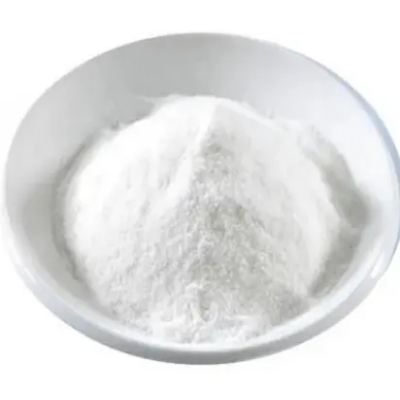
2-Furoicacid CAS:88-14-2
2-Furoic acid, with the chemical formula C5H4O3, is a heterocyclic compound known for its versatile reactivity and applications in organic synthesis and chemical research.
-
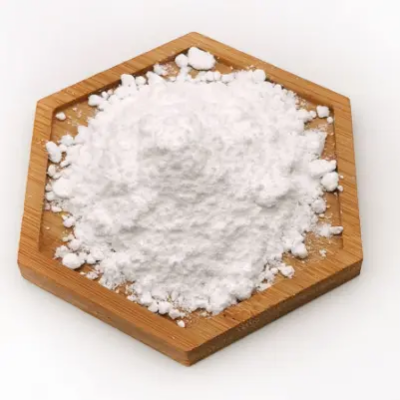
2-(4-Dihydroxyborane)phenyl-4-carboxy-6-methylquinoline CAS:100124-06-9
2-(4-Dihydroxyborane)phenyl-4-carboxy-6-methylquinoline, with the molecular formula C20H18BNO3, is a compound containing a quinoline ring substituted with a dihydroxyborane-functionalized phenyl group. This compound holds potential applications in organic synthesis, medicinal chemistry, and material science due to its unique structure and reactivity.
-
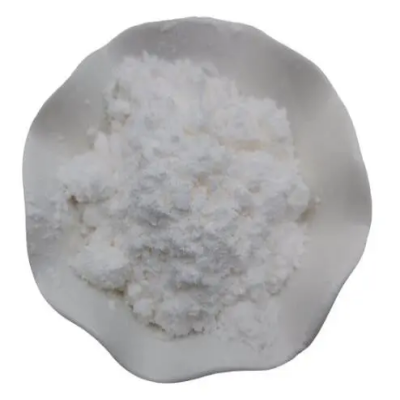
1-Ethyl-2,3-dioxopiperazine CAS:59702-31-7
1-Ethyl-2,3-dioxopiperazine is a chemical compound with the molecular formula C6H10N2O2, known for its versatile reactivity and utility in organic synthesis, pharmaceutical research, and material science.
-
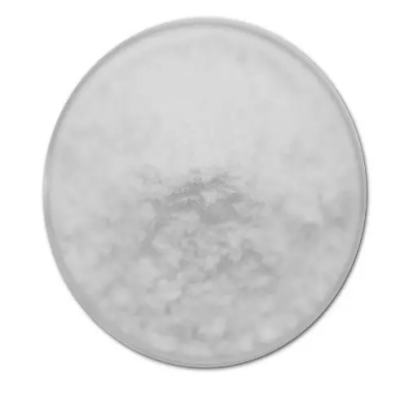
9-(Biphenyl-3-yl)-3-(4,4,5,5-tetraMethyl-1,3,2-dioxaborolan-2-yl)-9H-carbazole CAS:1533406-38-0
9-(Biphenyl-3-yl)-3-(4,4,5,5-tetramethyl-1,3,2-dioxaborolan-2-yl)-9H-carbazole is a compound with the molecular formula C37H33BO2N. It comprises a 9H-carbazole core substituted with a biphenyl group and a tetramethyl-dioxaborolane moiety. This compound exhibits potential applications in organic synthesis, materials science, and optoelectronics due to its unique structure and properties.
-
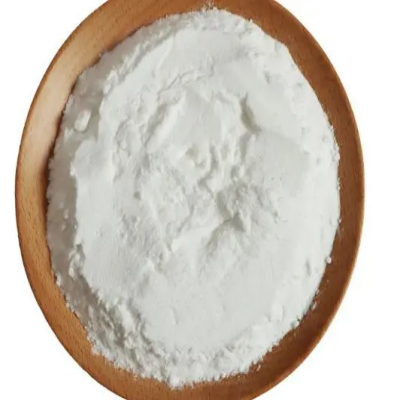
(9-phenyl-9H-carbazol-2-yl)boronicacid CAS:1001911-63-2
(9-phenyl-9H-carbazol-2-yl)boronic acid is a chemical compound with the molecular formula C18H15BNO2. It contains a boronic acid group attached to a phenyl-substituted carbazole ring. This compound is recognized for its potential applications in fields such as organic synthesis, materials science, and medicinal chemistry due to its unique molecular structure and reactivity.
-
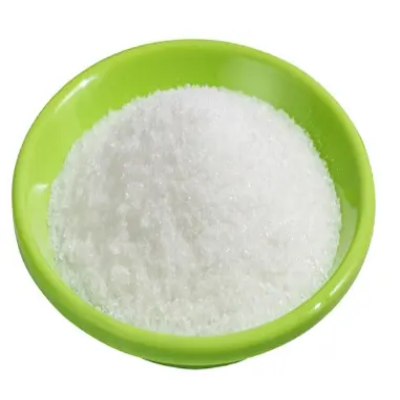
4-(Diphenylamino)phenylboronicacid CAS:201802-67-7
4-(Diphenylamino)phenylboronic acid is a chemical compound with the molecular formula C18H16BNO2. It consists of a boronic acid group attached to a phenyl ring substituted with a diphenylamino moiety. This compound is notable for its potential applications in organic synthesis, materials science, and medicinal chemistry due to its unique structure and reactivity.
-
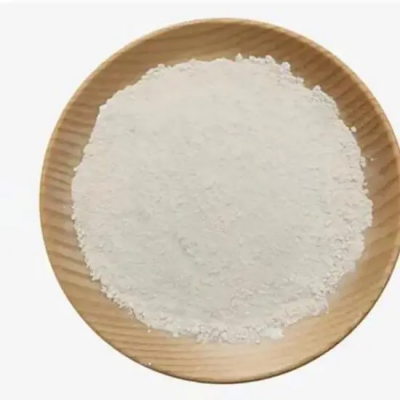
4-Cyanophenol CAS:767-00-0
4-Cyanophenol, with the chemical formula C7H5NO, is a compound consisting of a phenolic ring substituted with a cyano group. It is utilized in organic synthesis and chemical research due to its unique structure and reactivity.
-
![[4-(9H-carbazol-9-yl)phenyl]boronicacid CAS:419536-33-7](https://cdn.globalso.com/xindaobiotech/HSUS81DS80Y35NTEZTU75.png)
[4-(9H-carbazol-9-yl)phenyl]boronicacid CAS:419536-33-7
[4-(9H-carbazol-9-yl)phenyl]boronic acid is a chemical compound with the molecular formula C18H15BNO2. It consists of a boronic acid group attached to a phenyl ring substituted with a carbazole moiety.
-

3,4-Dichlorobenzaldehyde CAS:6287-38-3
3,4-Dichlorobenzaldehyde is a chemical compound with the formula C7H4Cl2O, known for its reactivity and applications in organic synthesis, chemical research, and material science.

